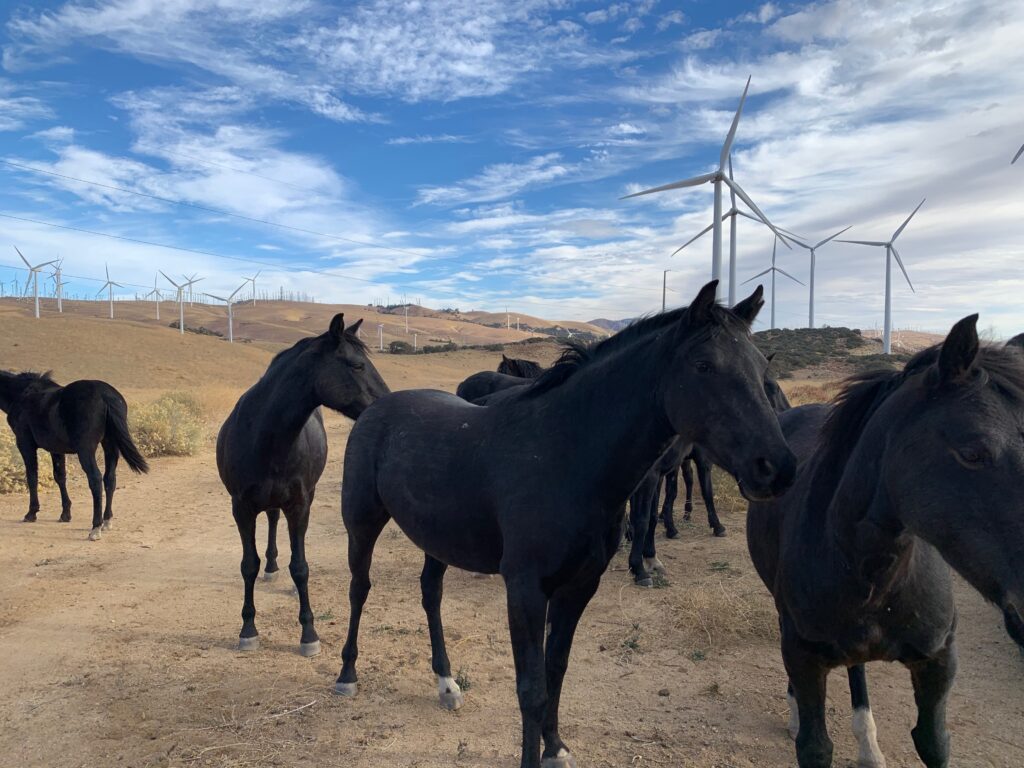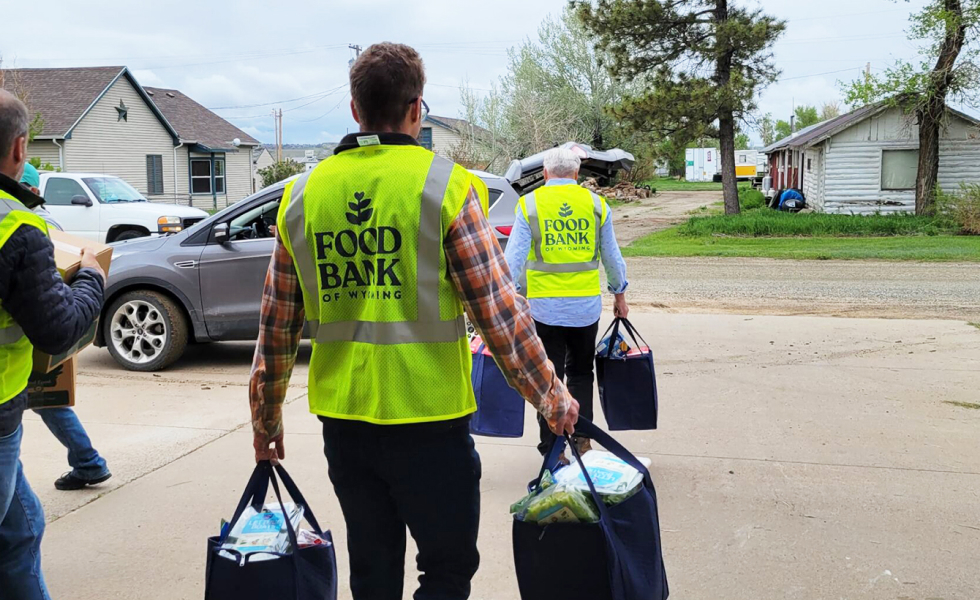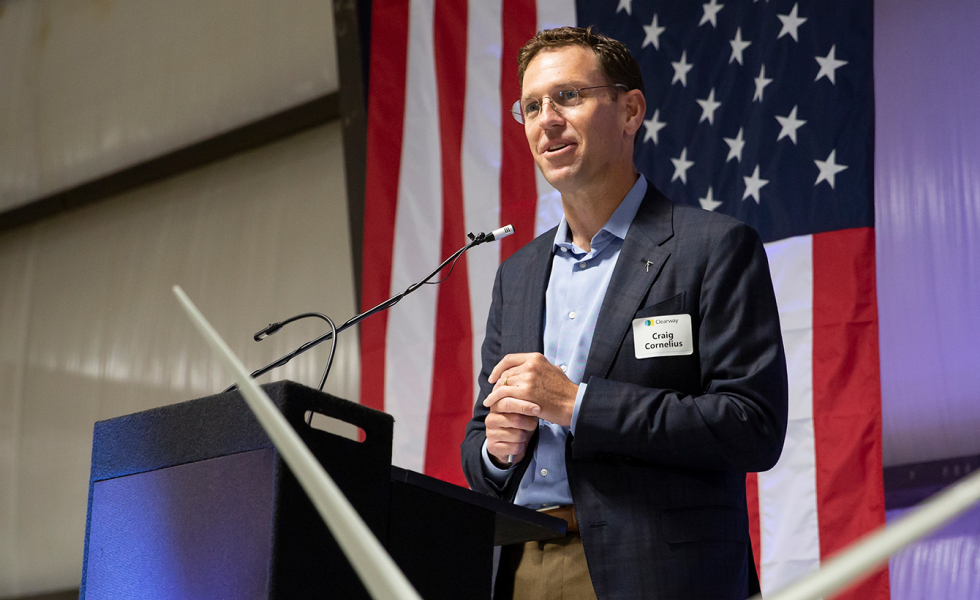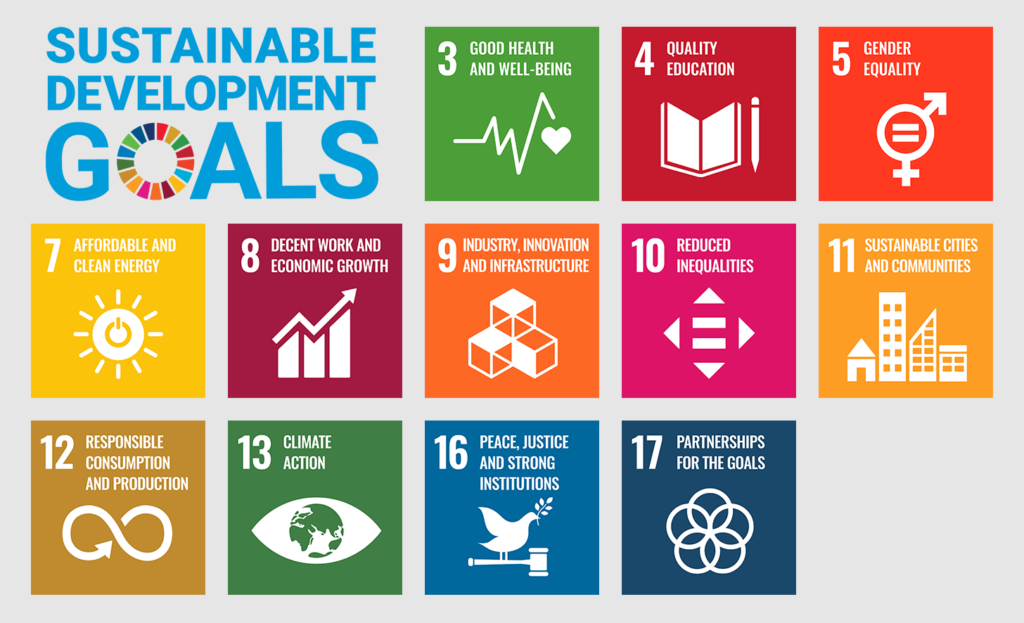Our operating portfolio includes 9.1 GW of renewables and 2.8 GW of flexible generation assets.
11.8 GW
operating portfolio
We are committed to sustainability in all aspects of our operations and governance, through environmental stewardship, societal good, and good governance.
With almost 400+ operating assets across states and approximately 30 GW under development across 29 states, we’re making good on our promise to move the energy transition forward.
Our operating portfolio includes 9.1 GW of renewables and 2.8 GW of flexible generation assets.
operating portfolio
Our ownership portfolio includes 6.6 GW of renewables and 2.5 GW of flexible generation assets.
ownership portfolio
We’ve helped our customers avoid 9.1 million metric tons of CO2 while powering the equivalent of 2 million homes.
of carbon-free electricity generated
Our commitment to making the world a better place begins with considering the long-term impacts of everything we do. This means operating our business in a way that protects, conserves, and enhances biodiversity, preserves natural resources, enriches the health, safety, and well-being of our employees, advances social equity, and creates positive impacts within the communities where we work and live.

We focus on reducing and eliminating our environmental and climate impacts while identifying opportunities to restore, revitalize and regenerate ecosystems wherever possible.
We work toward a just, equitable and sustainable society by focusing on creating long-term economic value; promoting diversity, equity and inclusion; safeguarding health and wellness; and respecting the human rights of our people, community and global society.


We strive for exceptional governance through a strong culture of transparency, accountability, compliance, and efficiency across all levels of our organization.
Clearway’s vision and parameters of our sustainability program are reflected in our sustainability framework which helps articulate our integrated approach to sustainability. The sustainability framework comprises three pillars: environmental stewardship (E), societal good (S), and good governance and business excellence (G), and is in alignment with the UN Sustainable Development Goals (SDGs).

Our sustainability governance structure reflects Clearway’s approach to operating with accountability, credibility and transparency. The Sustainability-ESG Committee facilitates our ESG program, takes high-level direction from the board, and translates it into actionable items, ensuring that these items are deployed and executed throughout the organization. The Committee comprises subject matter experts from each business unit with oversight from and engagement with the executive leadership team and the board of directors.
Download key reports, disclosures, and other documents related to Clearway’s Environmental, Social, and Governance (ESG) efforts.
Looking for the latest?
Whether you’re a landowner interested in hosting a project, energy buyer shopping for long-term power contracts, equipment supplier, or someone else interested in working with Clearway, we’d love to hear from you.